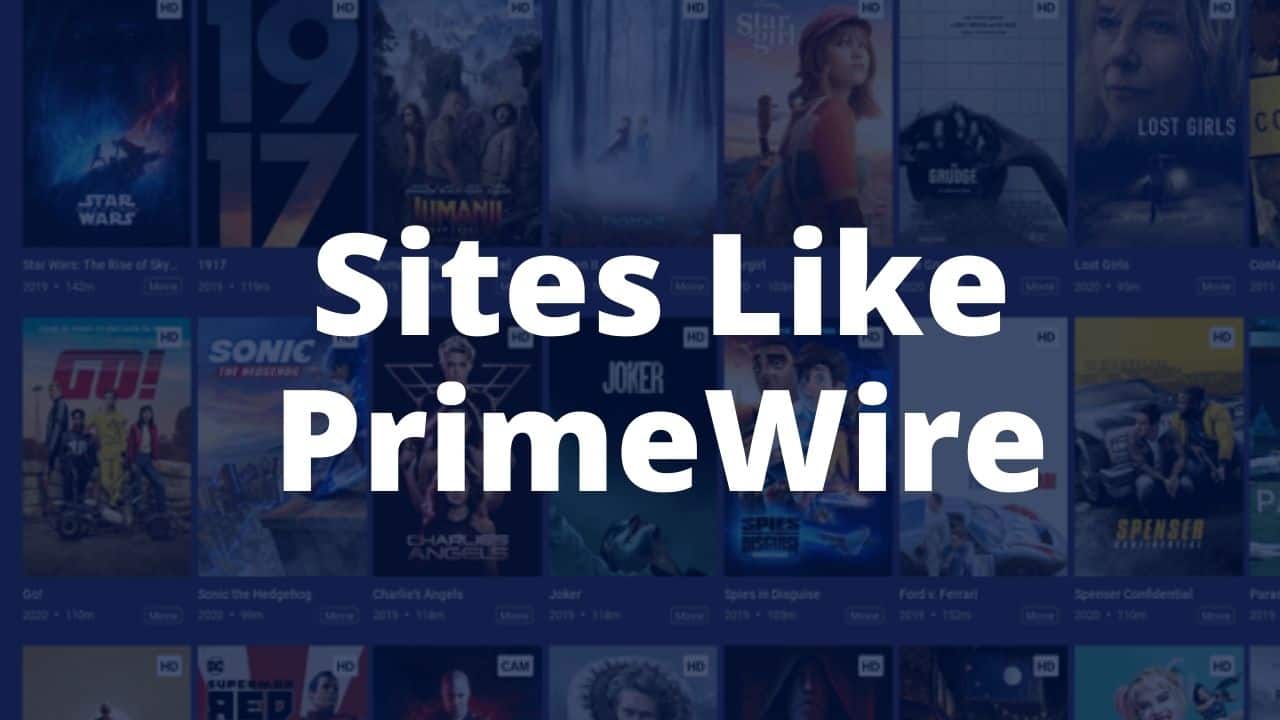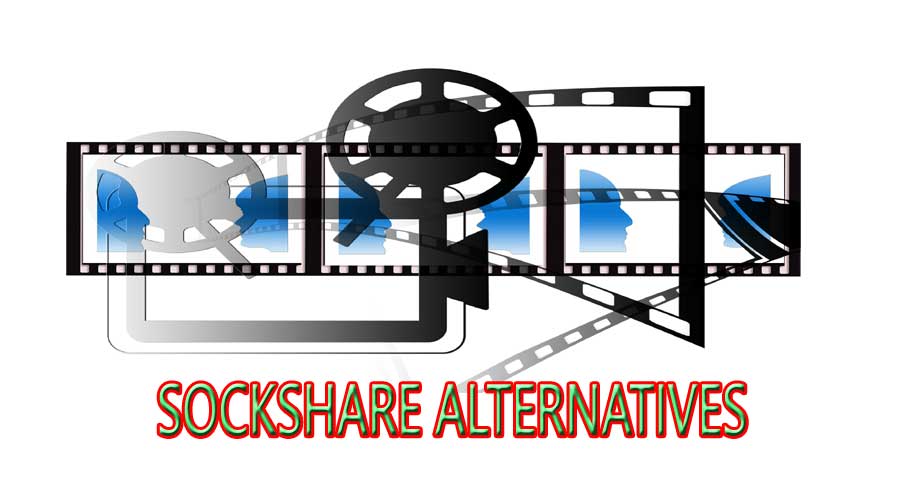The Walt Disney Company has a history of almost 100 years. In this article, you will be able to know their net worth, the reason behind their success, why this company was created, and everything behind the Disney name.
What Is the Walt Disney Company?

There is no particular answer to what Disney is, but an abstract way to describe it would be that it is an experience. The brand is a huge entertainment conglomerate.
The Walt Disney Company combines communication, media, parks and resorts, consumer goods, entertainment, and business entities. It was started in 1923 by two brothers, also known as Disney brothers, Walter Elias Disney, and Roy Oliver Disney.
Its headquarters are located in Burbank, Los Angeles, United States. Place where the nineteenth largest and most important company in the world was born.
As of December 31, 2021, Susan Arnold is the president of The Walt Disney Company, the first woman to hold this position. Arnold came to the company in 2007, and by assuming this position, she became one of the most powerful women in the entertainment industry.
Net Worth of Disney

Disney's net worth in 2022 is estimated to be around 205.09 billion US dollars, with a 57.06 billion US dollar brand value. This makes Disney the world’s 42nd most valuable company. The annual revenue generated by Disney for 2022 is 81.106 billion US dollars indicating a 26.33% increase year-over-year.
The annual net income of Disney for the year 2022 increased 179.04% remarkably from 2021 and is standing at 3.142 billion US dollars. Moreover, the annual gross profit of Disney for 2022 is 27.922 billion US dollars, a 41.11% increase from 2021.
Breakdown of Disney’s Revenue
Disney's revenue comes from its theme parks, experiences, and products. The Walt Disney Company is divided into two segments. DPED stands for Disney Parks, Experiences, and Products, and the second one is DMED which abbreviates Disney Media and Entertainment Distribution.
DMED segment is further divided into three parts:
- Content Sales/Licensing and Other
- Direct-to-Consumer
- Linear Networks
Let's take a look at how much revenue these companies generated in 2022.
Disney Parks, Experiences and Products (DPEP)

This Disney segment comprises resorts and theme parks in California, Florida, Paris, Shanghai, Hong Kong, and Hawaii. It also has a vacation club and cruise line. Revenue mainly comes from theme park tickets, food or beverages, and merchandise. It also profits from resort and vacation club stay charges and getting payments from licensing intellectual properties.
The segment posted revenue of 7.2 billion USD in the first quarter of 2022 and an income of $2.5 billion. Out of the total revenue generated by Disney, DPEP accounts for about 33%. It accounts for 62% of total working income.
Content Sales/Licensing and Other (DMED)
This segment of Disney retails film and television material to subscription video-on-demand (VOD) services and third-party TV. It also has home entertainment distribution (Blu-ray and DVD), theatrical distribution, and music distribution. It also stages and provides licensing for live entertainment either on Broadway or worldwide.
The segment had a revenue of 2.4 billion USD in the first quarter of 2022. Its revenue is about 11% of total revenue.
Direct-to-Consumer (DMED)
This segment operates various streaming services, like Disney+ Hot star, Disney+, Star+, and Hulu.
The DTC segment announced 4.7 billion USD in the first quarter of 2022. Out of total revenue, 21% comes from the DTC segment.
Linear Networks (DMED)
This segment runs a long list of companies like ESPN, Disney, National Geographic, A+E Television Networks, and ABC broadcast television networks.
The segment reported a revenue of 7.7 billion USD in the first quarter of 2022. The segment produces about 38% of total income and 35% of total revenue.
Historical Features of Disney

On October 16, 1923, after the creation of “Alice Comedies, “the Disney brothers decided to create what today would be one of the largest communication and entertainment companies in the world under the name “Disney Brothers Cartoon Studio.”
However, years later, in 1925, the company's name was changed at the request of the older brother, Roy Disney, and the company became “Walt Disney Studios.”
A company that gradually consolidated in this industry after the loss of control over Oswald's cartoon The Lucky Rabbit in 1928 (due to negotiations, the character became the property of the Universal studio), this loss prompted the creation of the most famous mouse in history, Mickey Mouse.
Shortly after that, in 1929, the company name was changed to “Walt Disney Productions, Ltd.”, at which time, the entertainment giant was making its way in the world through the creation of three affiliated groups.
- Lived Realty and Investment Comp.
- Walt Disney Enterprises
- Disney Film Recording Comp.
Death of Walter Elias Disney
In 1938 these three companies were unified, giving rise only to “Walt Disney Productions.” This would be the last name by which its creator, Walt Disney, would know the company since, in 1966, he died in California at the age of 65 due to cancer.
Years before his death, he achieved great successes with the help of his brother, such as the creation of the first theme parks, joining new companies, and even the launch of successful feature films, but also great losses as a result of the development of the Second World War.
The success of the company was already evident. What began as a simple union between brothers with the sole objective of satisfying their desire to bring simple drawings to life ended up becoming a company, which in 1954 was consolidated as public property.
But it was not until February 6, 1986, when the company published the current name by which this multinational film company is known, The Walt Disney Company, in homage to the creator of great successes such as Mickey Mouse or Minnie Mouse.
What Is the Secret Behind Disney Company Success?
Market differentiation is the company's starting point, and The Walt Disney Company's entire competitive and growth strategy revolves around this concept.
A strategy worth mentioning and applauding for the notable success it has conferred on the company and which today allows it to remain among the top positions in the rankings of the best companies in the world.
Walt Disney created the company to provide entertainment to families and provide content tailored to the tastes of different family members belonging to different age ranges, tastes, and personalities. Ceasing to be a company dedicated exclusively to producing animated films, concentrating on a wide range of family activities to reach more audiences.
Disney is focused on creating content and products completely different from what other competing companies can create to pave the way to success and ensure that it continues. The company carries out a great deal of research and innovation, always trying to adapt to the new “trends” of the moment.
Disney has many assets that attribute to its income and profit. Here is a list of a few of them
- 21st Century Fox (TFCF Corp.): Global media and entertainment
- Capital Cities/ABC: Media
- Pixar Animation Studios: Computer animation studio
- Lucasfilm Ltd.: Film and TV production company
- Marvel Entertainment: Entertainment
- Marvel Entertainment: Entertainment
- BAMTech LLC: Streaming services
Conclusion
Disney built its brand around one centerpiece: its unique storytelling. All additional products and services play a role in further engaging the customer in your stories.
By building distribution channels and investing in its subsidiaries companies, the organization obtained more return on its launches, investing in the creative core and increasing the distance between the company and its competitors.






